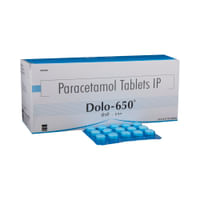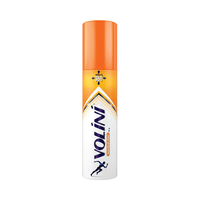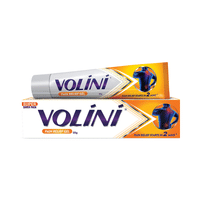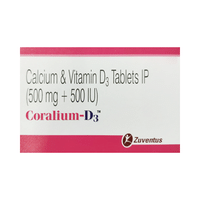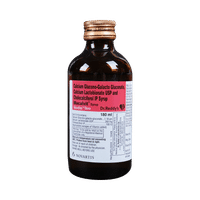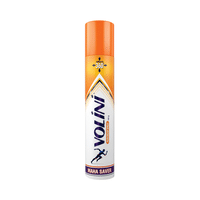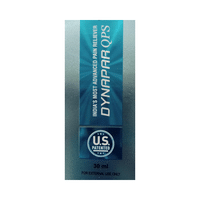Gabafen Ointment
Rs.167for 1 tube(s) (30 gm Ointment each)
Composition FOR Gabafen
Capsaicin(0.025% w/w),Diclofenac(4% w/w),Gabapentin(5% w/w),Methyl Salicylate(5% w/w)food interaction for Gabafen
alcohol interaction for Gabafen
pregnancy interaction for Gabafen
lactation interaction for Gabafen
medicine interaction for Gabafen
food
alcohol
pregnancy
lactation
medicine
No interaction found/established
No interaction found/established
Gabafen Ointment may be unsafe to use during pregnancy. Although there are limited studies in humans, animal studies have shown harmful effects on the developing baby. Your doctor will weigh the benefits and any potential risks before prescribing it to you. Please consult your doctor.
CONSULT YOUR DOCTOR
Information regarding the use of Gabafen Ointment during breastfeeding is not available. Please consult your doctor.
CONSULT YOUR DOCTOR
No interaction found/established
SALT INFORMATION FOR Gabafen
Capsaicin(0.025% w/w)
Uses
Capsaicin is used in the treatment of pain relief.
How it works
Capsaicin is a pain reliever. Capsaicin works by desensitizing the nerve endings which reduces pain. Rubefacient increases the blood flow of the affected area to give a warm and soothing feeling.
Common side effects
Breathlessness, Application site reactions (burning, irritation, itching and redness), Skin irritation, Transient burning, Headache, Aggravated osteoarthritis, Sneezing, Eye irritation, Skin exfoliation, Body odor, Nasal irritation, Throat irritation, Wheezing, Aggravation of asthma, Application site pain
Diclofenac(4% w/w)
Uses
Diclofenac is used for pain relief. It relieves pain in conditions like headache, mild migraine, muscle pain, dental pain, rheumatoid arthritis, ankylosing spondylitis, osteoarthritis, or painful menses.
How it works
Diclofenac is a non-steroidal anti-inflammatory drugs (NSAID). It works by blocking the release of certain chemical messengers that cause pain and inflammation (redness and swelling).
Common side effects
Nausea, Headache, Dizziness, Vomiting, Flatulence, Constipation, Diarrhea, Abdominal pain, Dyspepsia, Gastrointestinal bleeding, Gastrointestinal ulcer, Rash, Application site irritation, Injection site pain, Chest pain, Hypersensitivity, Angioneurotic edema, Platelet disorders, Convulsion, Visual disturbance, Ringing in ear, Colitis, Stevens-Johnson syndrome, Myocardial infarction
Gabapentin(5% w/w)
Uses
Gabapentin is used in the treatment of neuropathic pain and epilepsy/seizures.
How it works
Gabapentin is an antiepileptic medication. When given for epilepsy, it is believed to work by reducing the abnormal electrical activity in the brain, thus preventing seizures. It is also used to treat nerve pain where it blocks pain by interfering with pain signals traveling through the damaged nerves and the brain.
Common side effects
Dizziness, Fatigue, Fever, Sleepiness, Viral infection, Decreased white blood cell count, Pneumonia, Respiratory tract infection, Urinary tract infection, Otitis media (infection of ear), Decreased appetite, Increased appetite, Abnormality of voluntary movements, Visual disturbance, Vertigo, Facial swelling, Joint pain, Muscle pain, Impotence, Allergic reaction, Increased glucose level in blood, Agitation, Slow movement, Palpitations, Difficulty in swallowing, Generalized edema, Increased liver enzymes, Anaphylactic reaction, Stevens-Johnson syndrome, Cardiac failure, Blood cell abnormalities
Methyl Salicylate(5% w/w)
Uses
Methyl Salicylate is used in muscle pain and rheumatic pain.
How it works
Methyl Salicylate is a non-steroidal anti-inflammatory drugs (NSAID) which works by blocking the release of certain chemical messengers that cause pain and inflammation (redness and swelling).
Common side effects
Application site irritation













